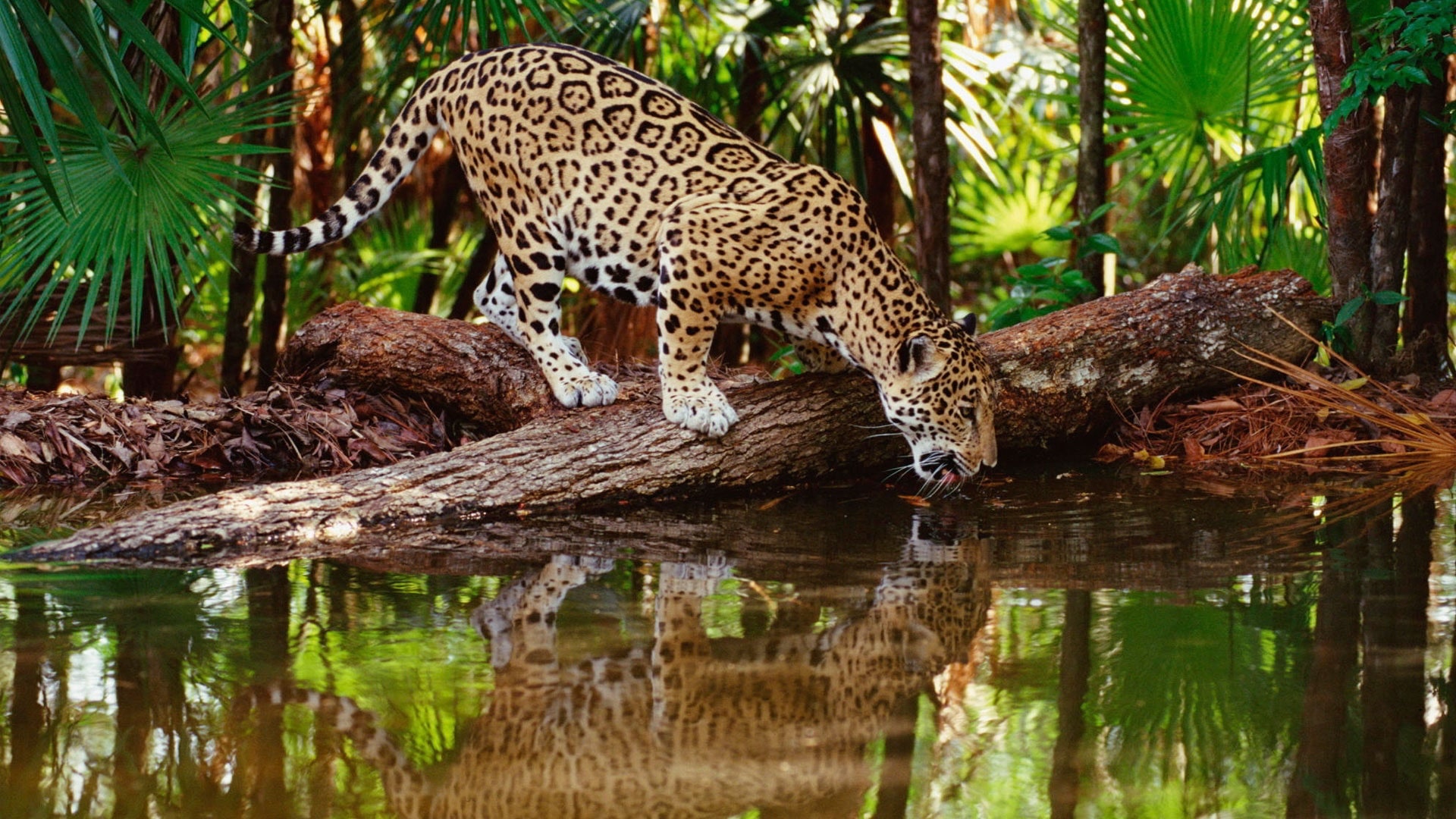
Leopard
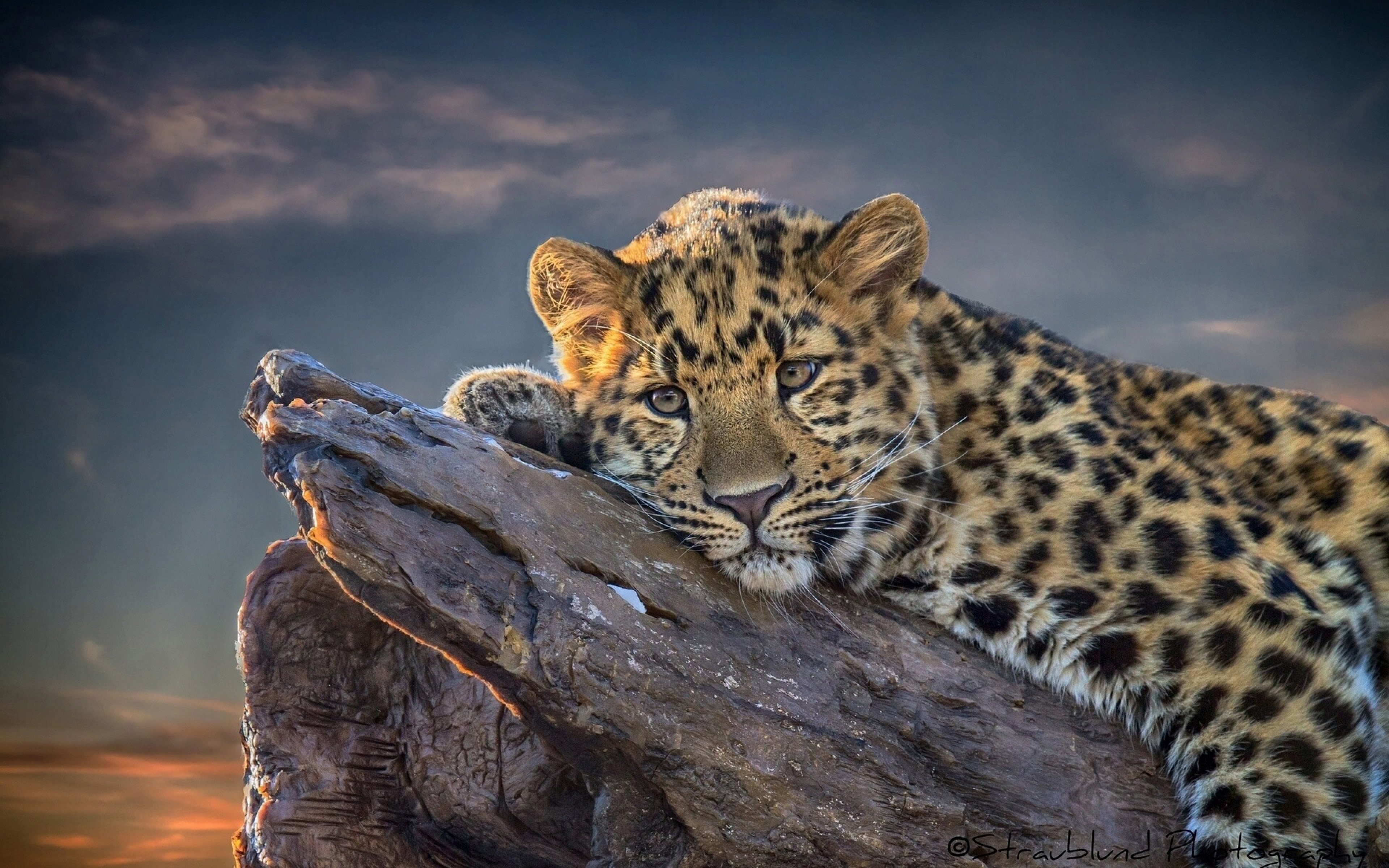
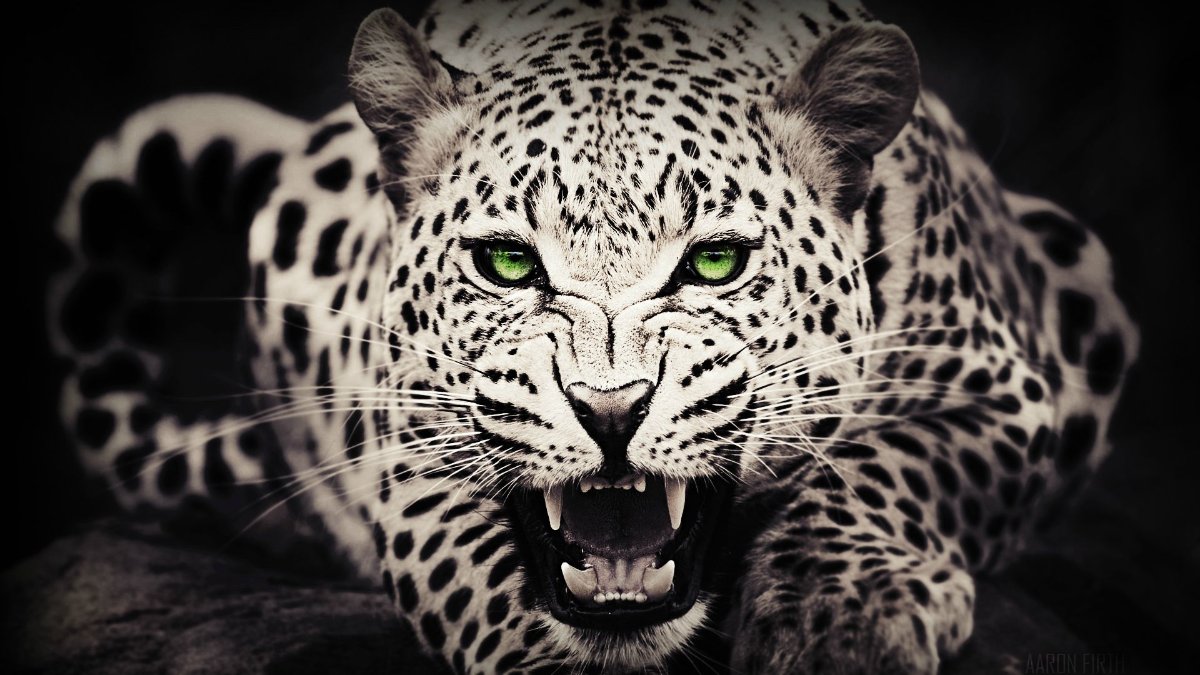
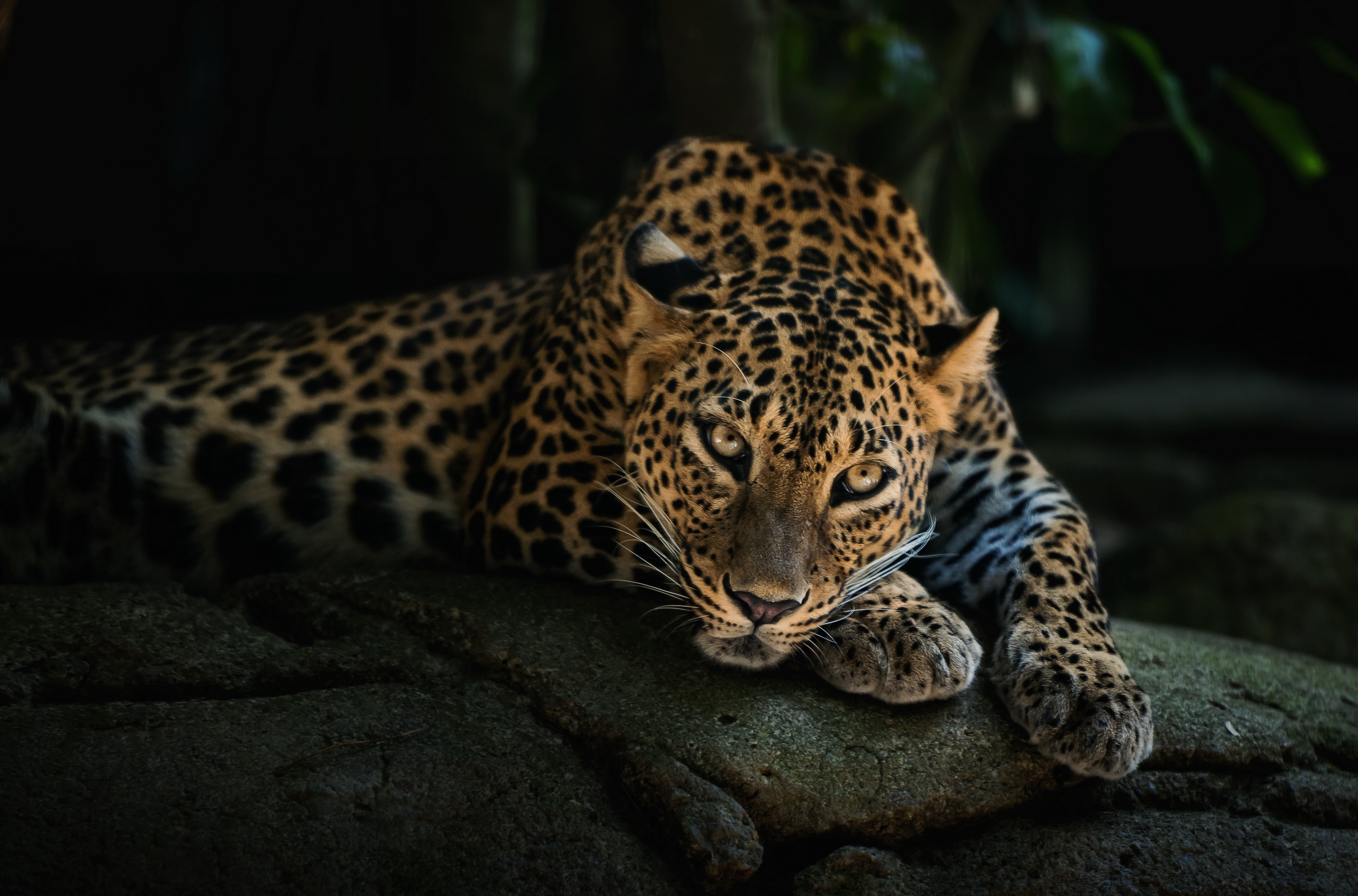
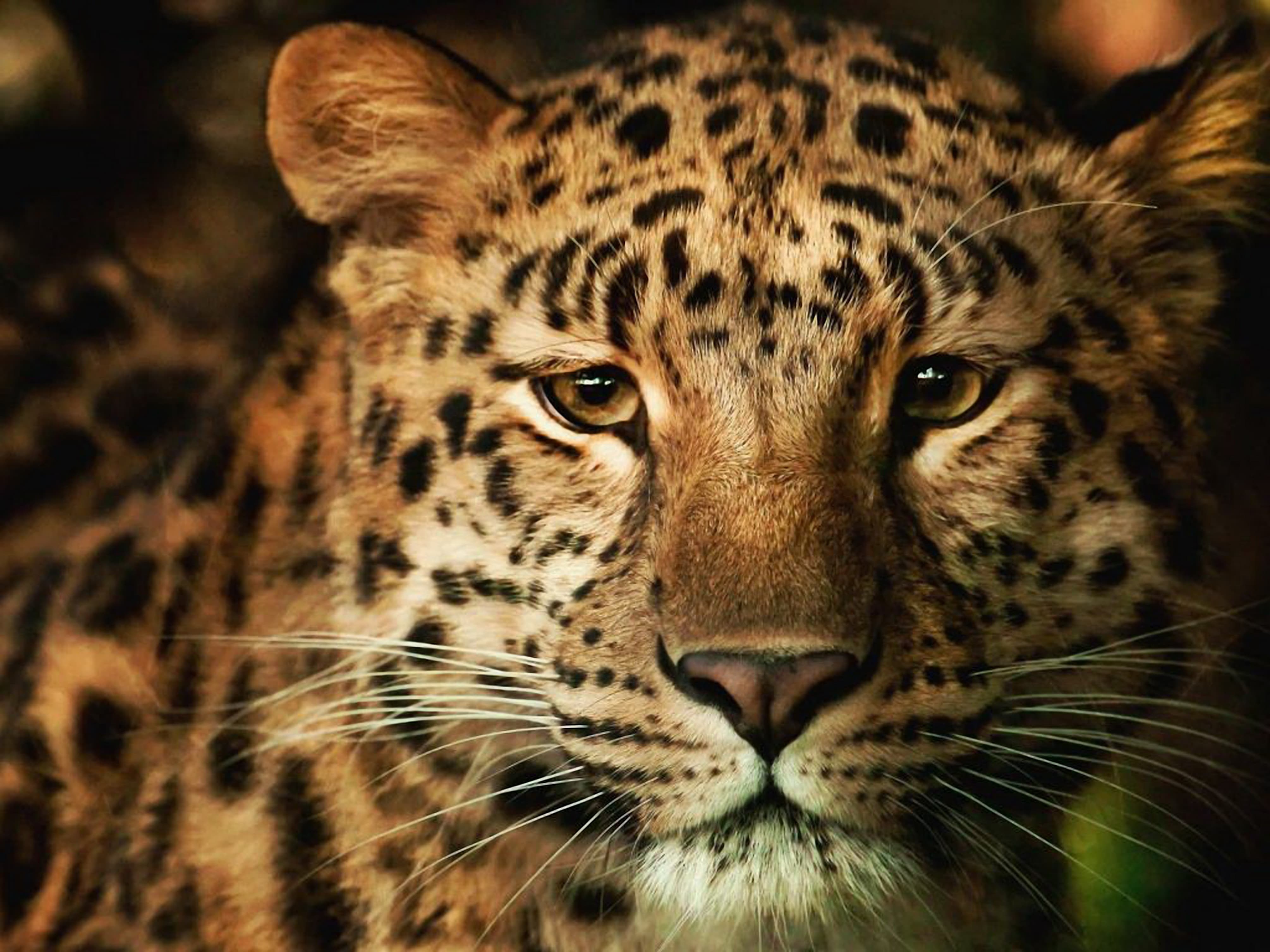
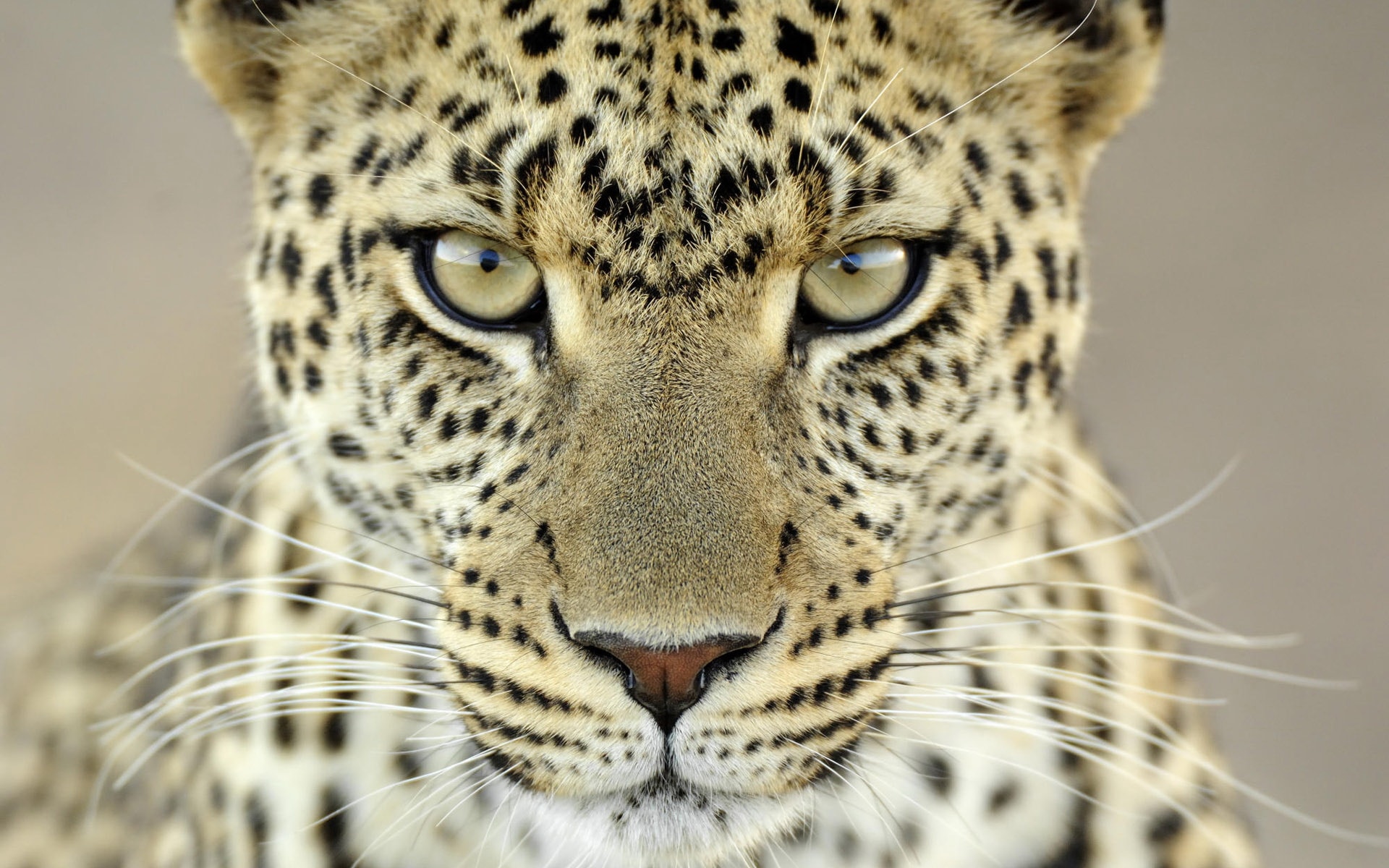

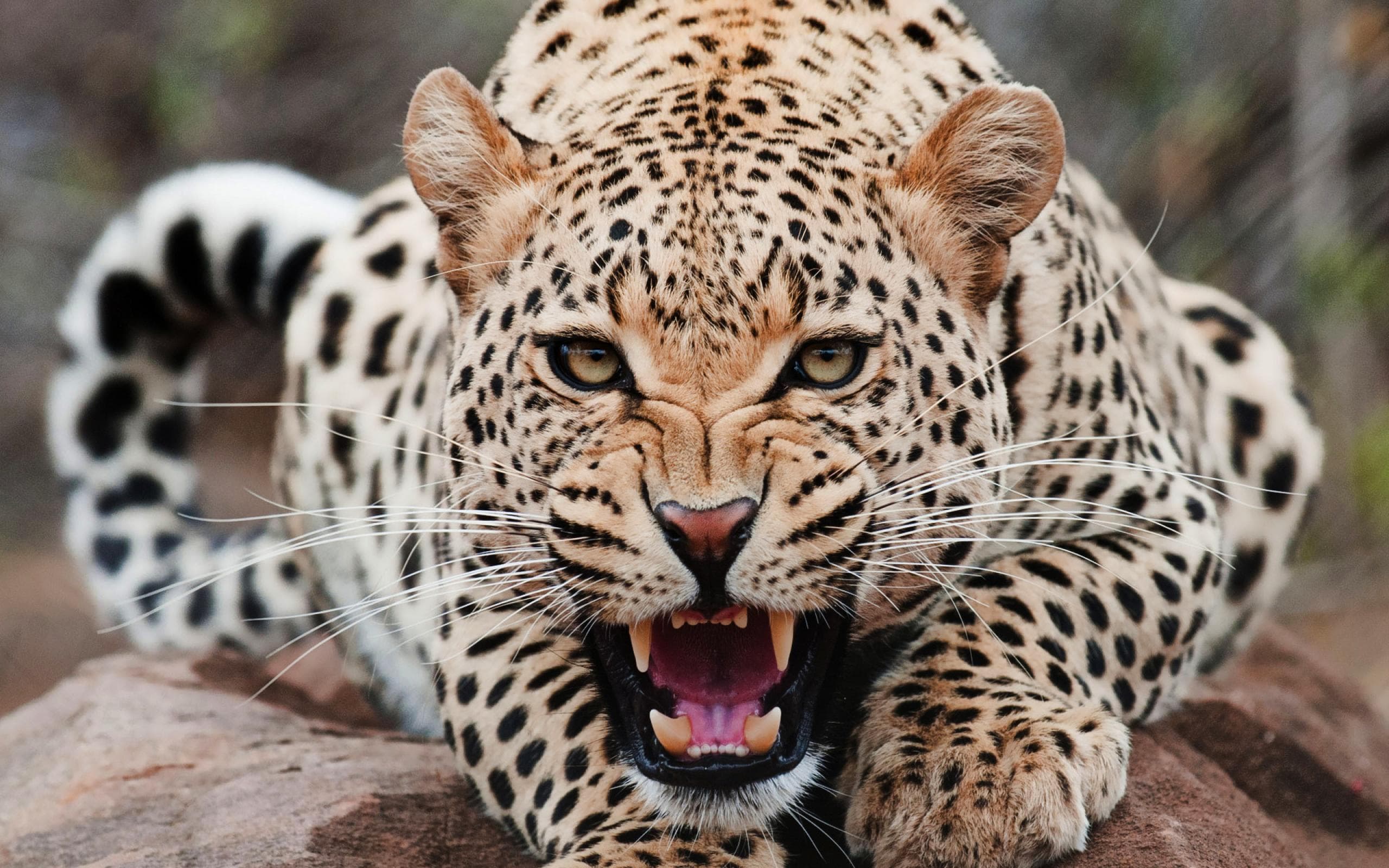


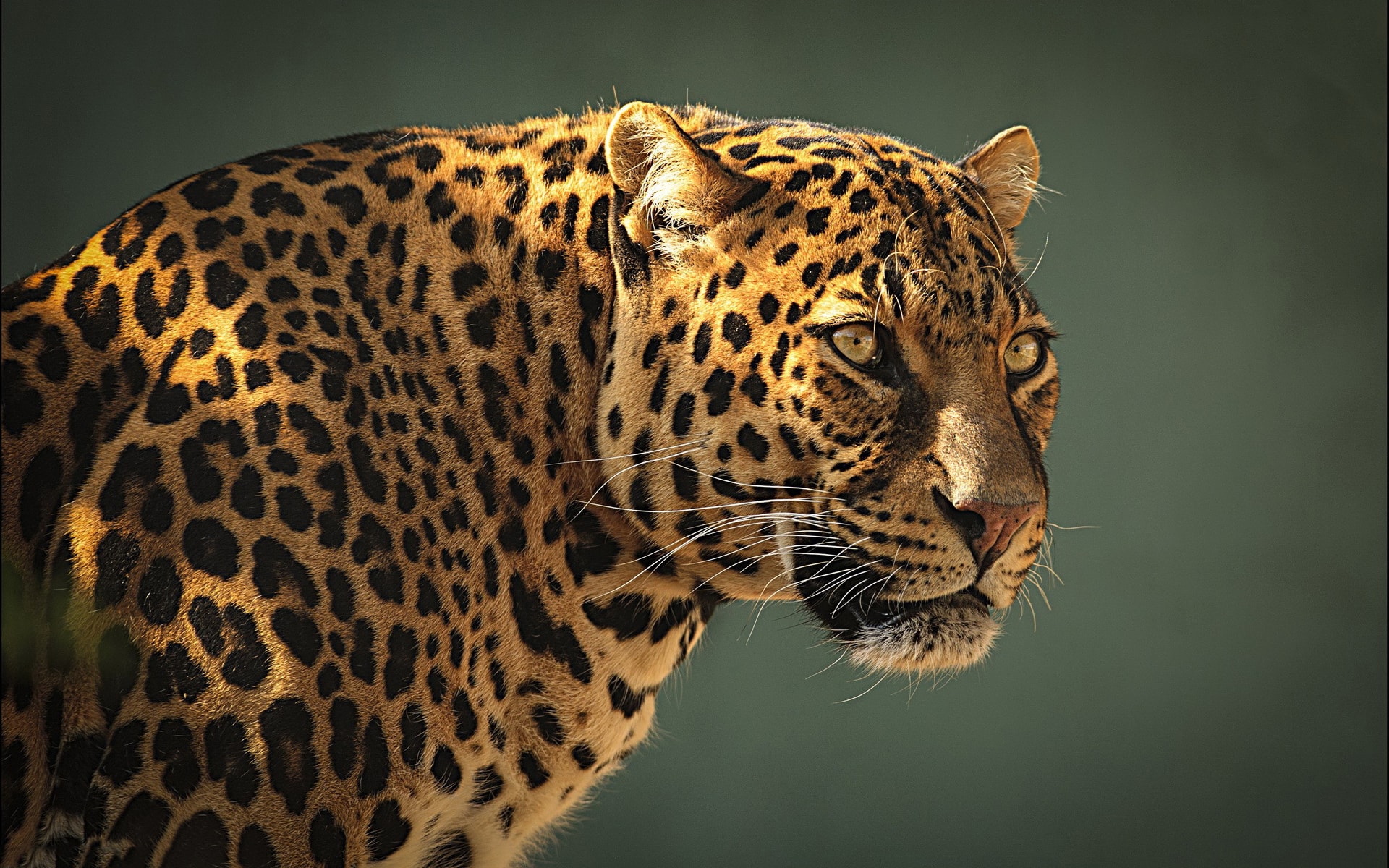
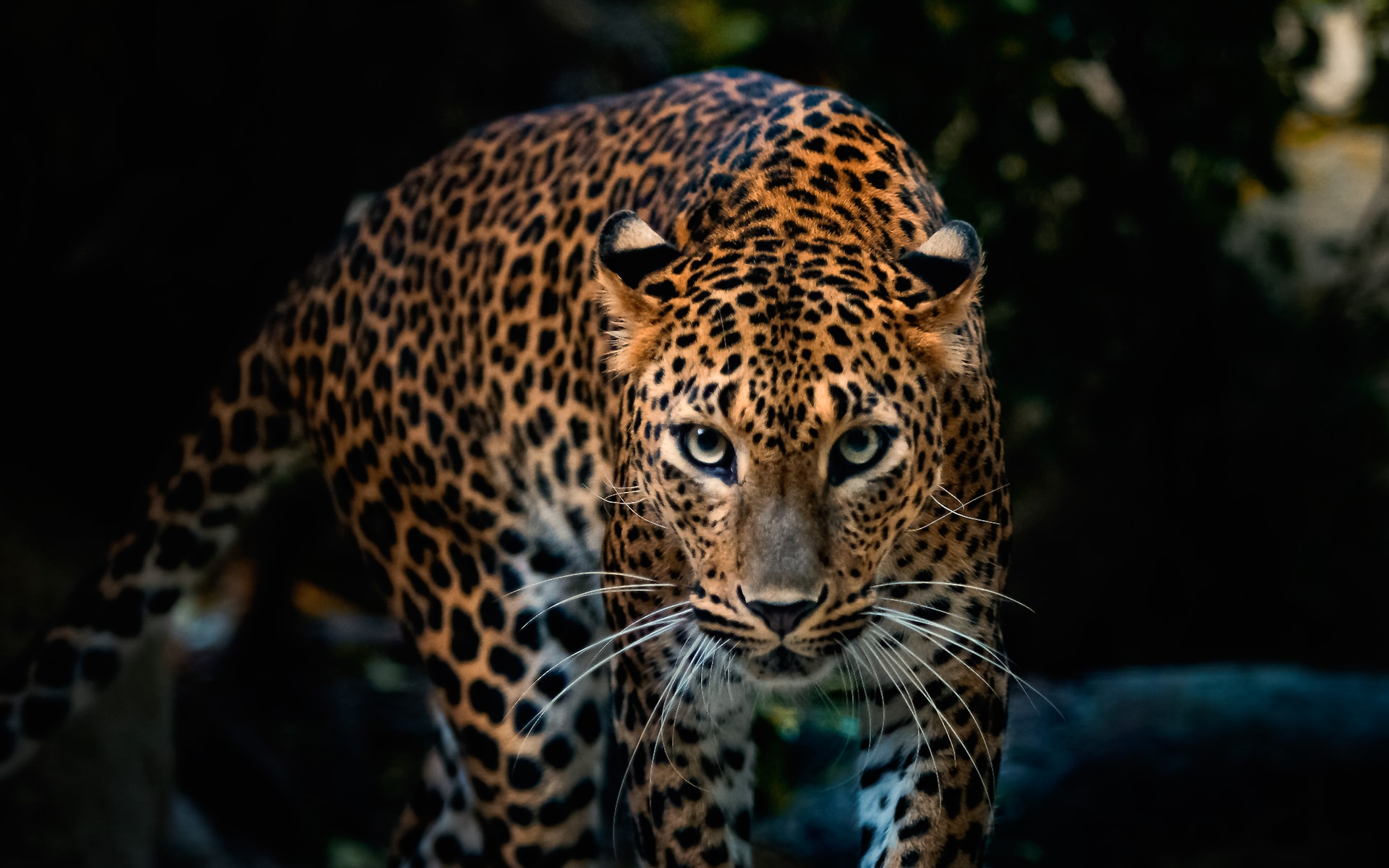
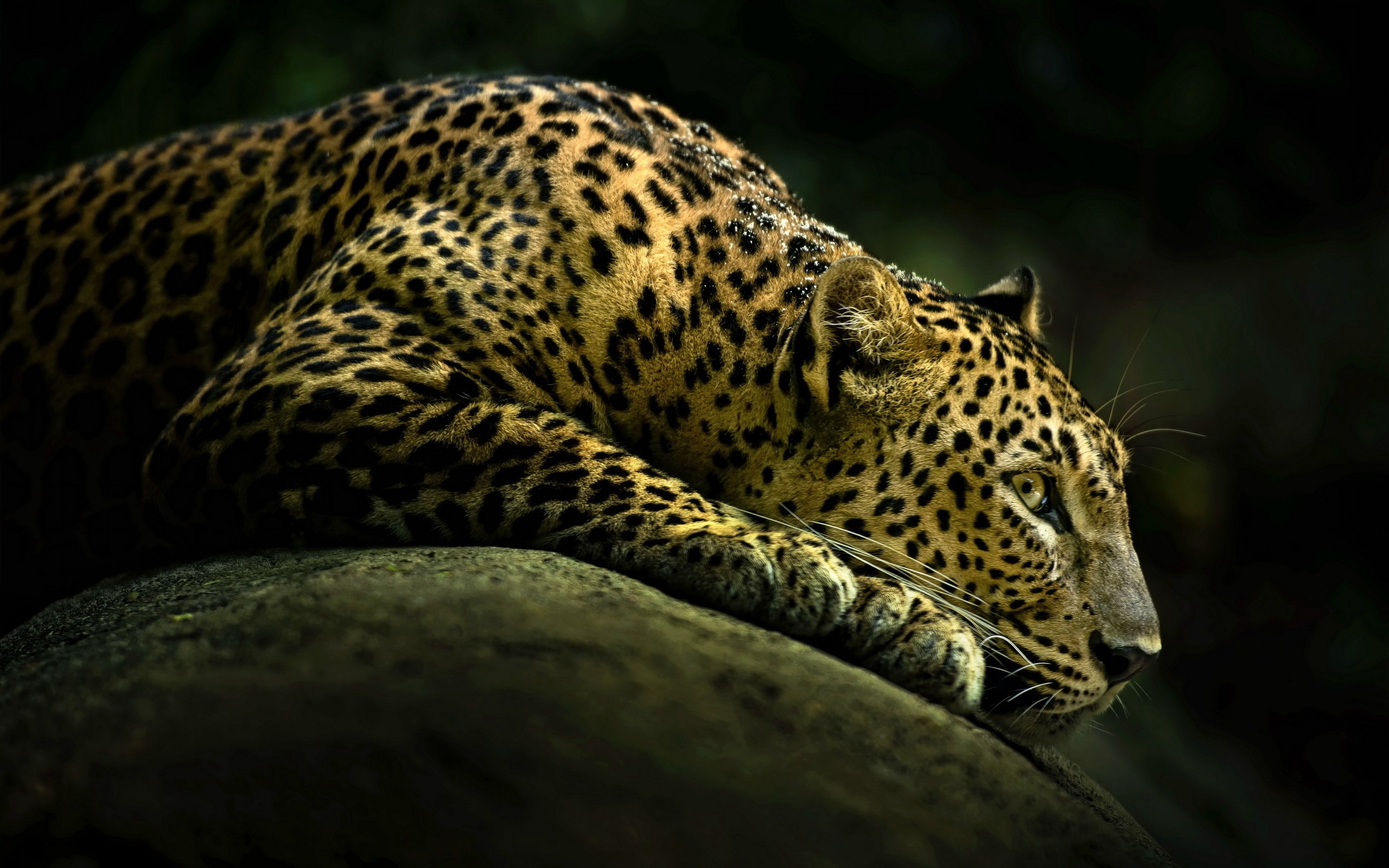

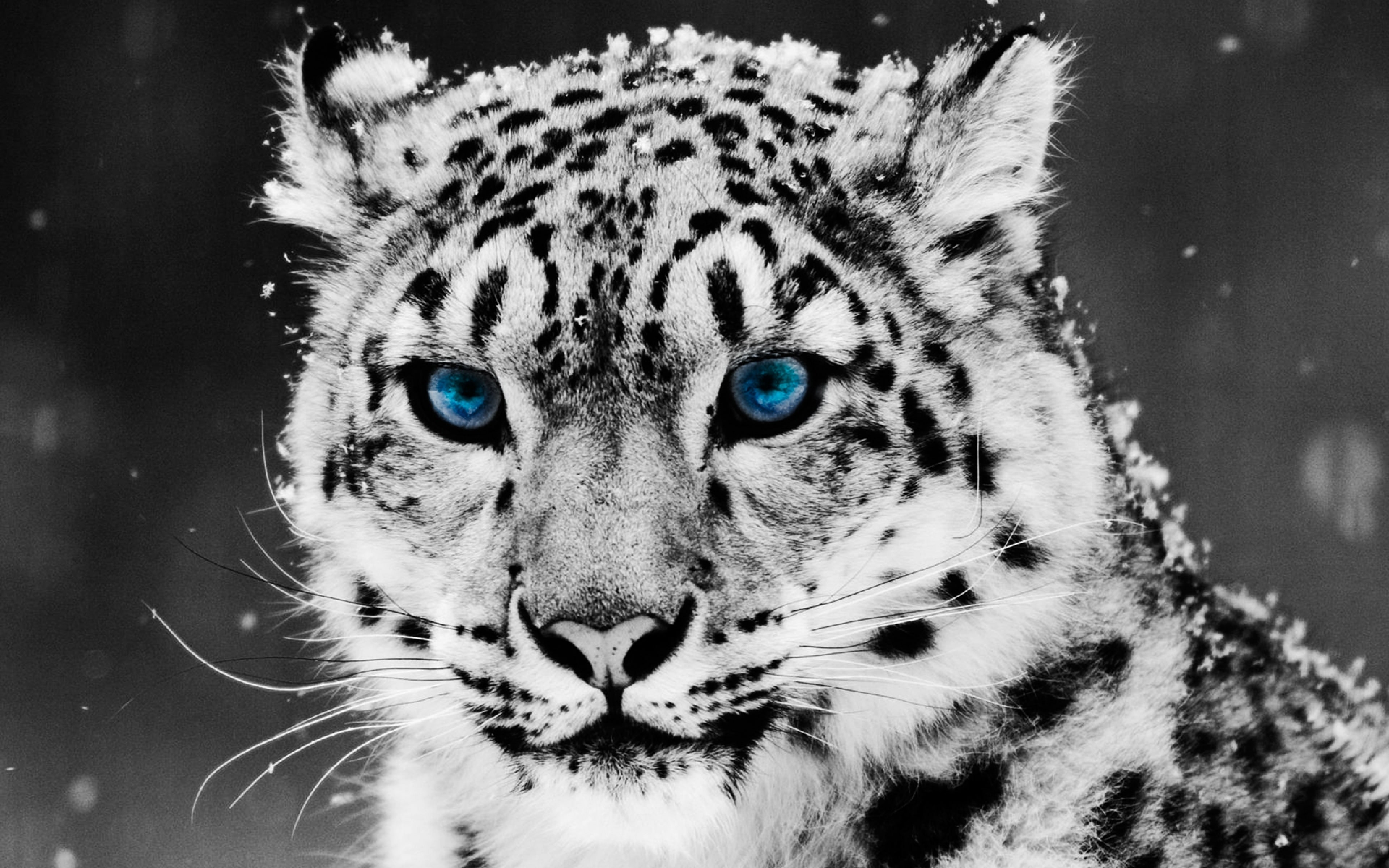

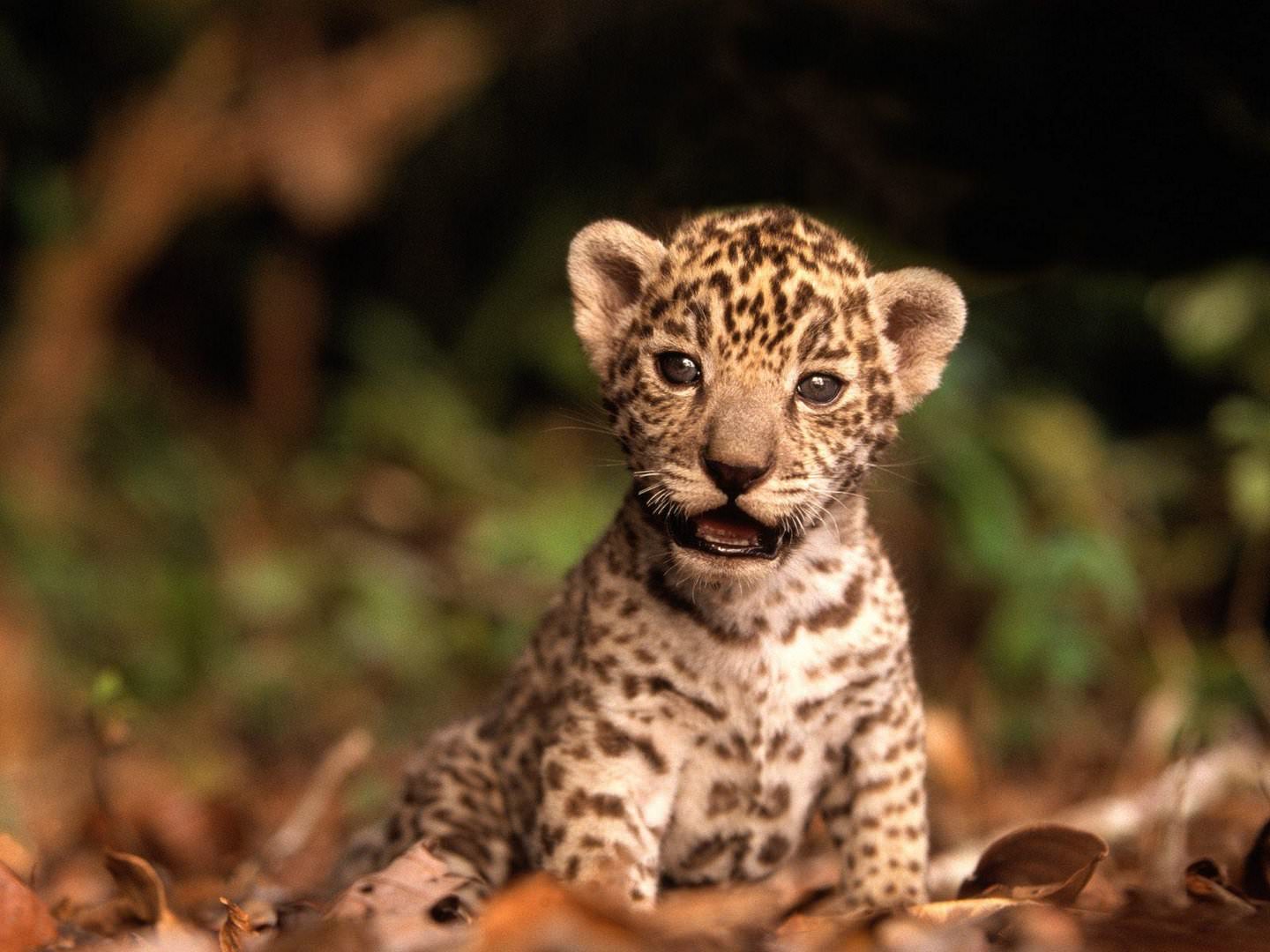


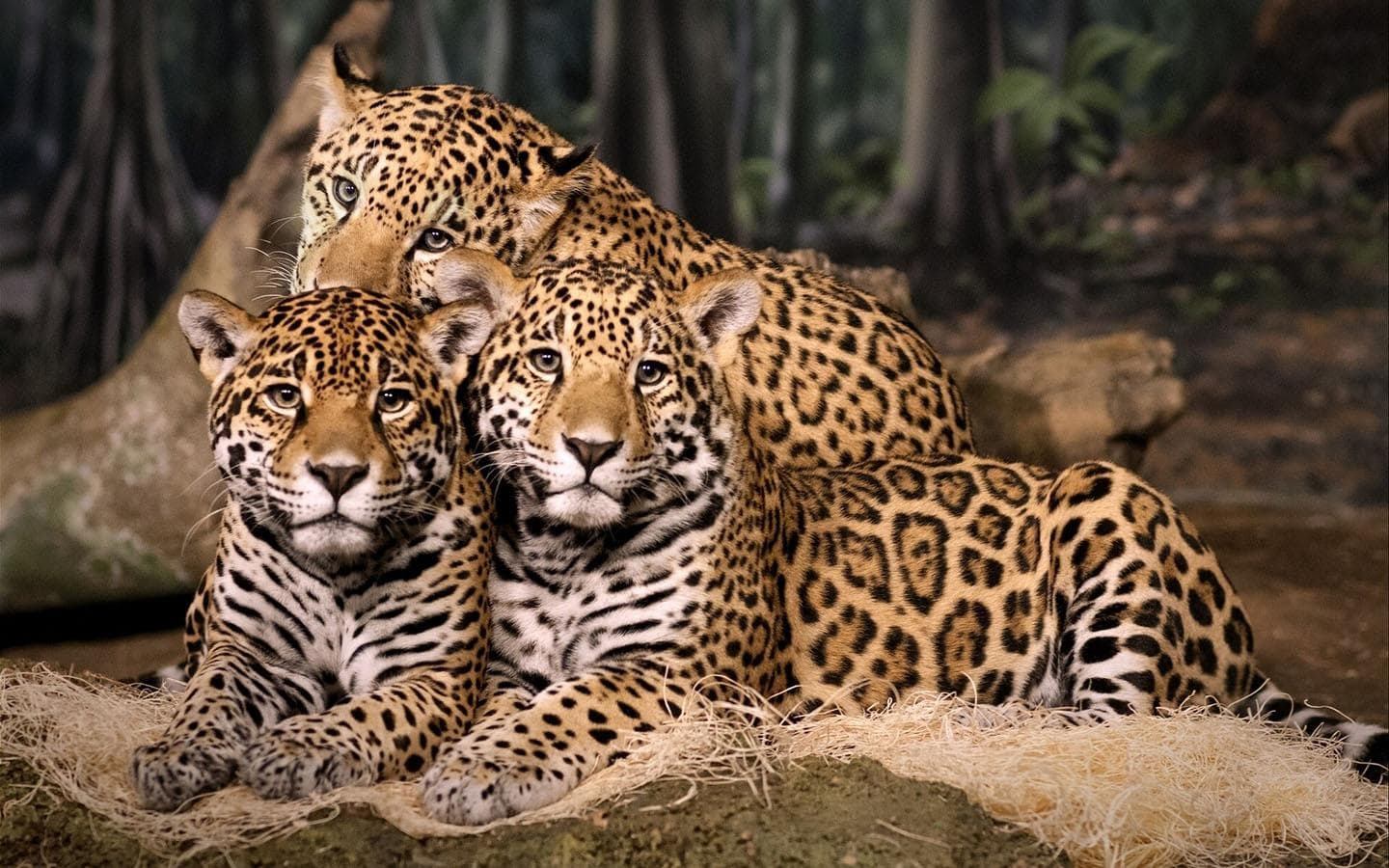
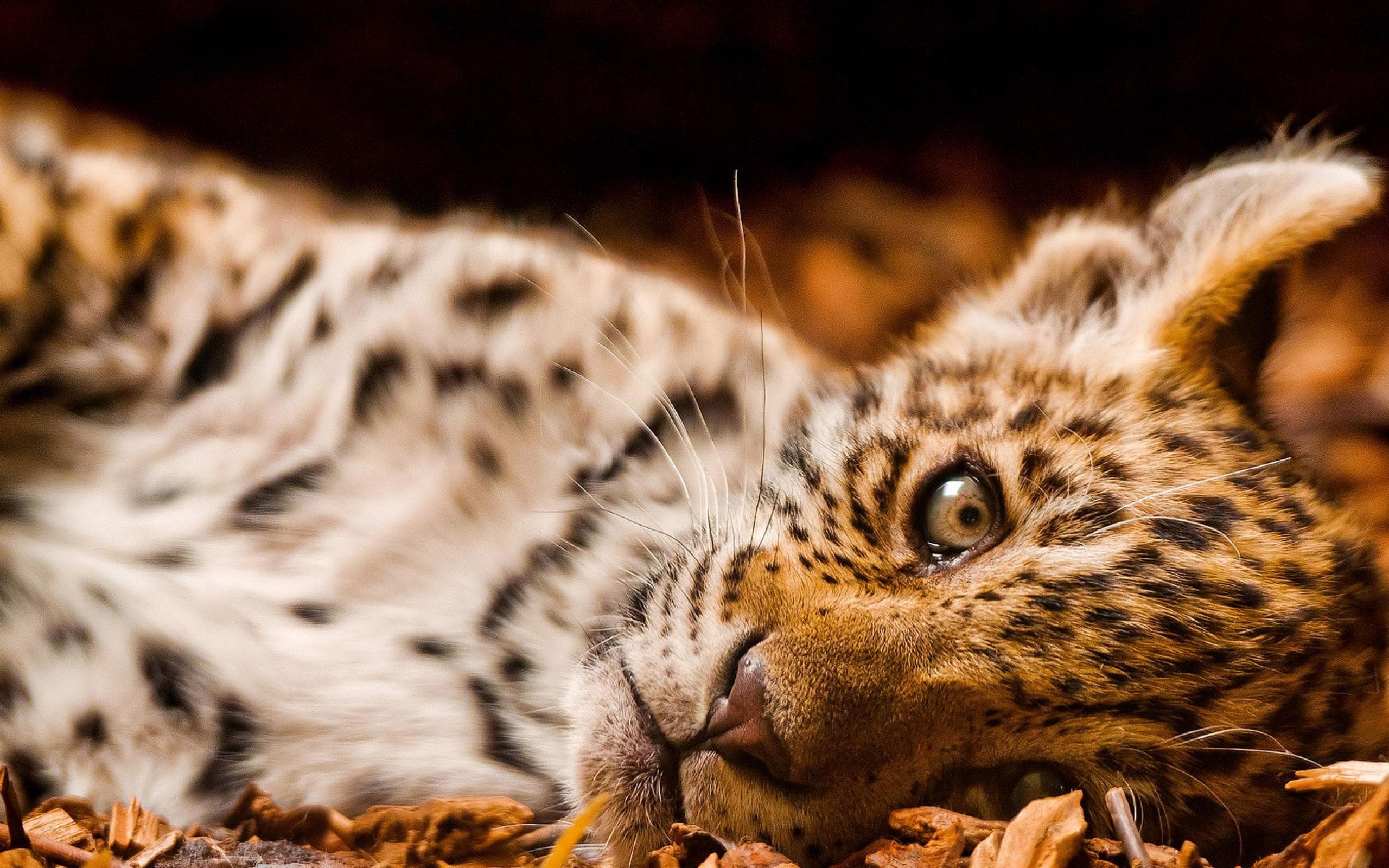
Leopard wallpapers for your PC, Android Device, Iphone or Tablet PC. If you want to download Leopard High Quality wallpapers for your desktop, please download this wallpapers above and click «set as desktop background». You can share this wallpaper in social networks, we will be very grateful to you.
Names: Leopard previously considered a hybrid of a lion and panther, hence its name: “leo” – the Latin name for lion, “pard” – the old version of the word panther.
Habitat: most of Africa (except Sahara), Southwest Asia, South Caucasus, Pakistan, India, China, Indonesia,. Java, Sri Lanka. In Russia (Ussuri region) inhabited by the Amur subspecies. Sometimes it is found in Central Asia.
Description: leopard – a large cat with a slender flexible and slightly compressed laterally muscular body. The head is rounded. Ears are rounded short tassels on the ends of the missing. Long Tail. The limbs are strong. The claws on the feet strong and sharp.
Fur in individuals living in tropical countries – a thick, not fluffy. In the Amur subspecies winter wool fluffy and thicker. Zubov 30.
Males are larger than females by a third.
Color: yellow with shades from pale straw to or rusty-brown. Throughout the body, scattered small and medium-sized black spots (solid and in the form of rings). The belly and the inner side of the limbs – white. Leopard spots do not form rosettes, like the jaguar (except the Amur subspecies). Young animals are colored lighter.
In tropical countries, occasionally there are completely black individuals, who are called black panthers.
Size: varies by geographical area – 91-180 cm in body length, at the tail have to 75-110 cm, height at the withers 70-90 cm and 20-26 cm length of the skull.
Weight: 30-40 kg, while in India and Africa, there are individuals to 90 kg.
Lifespan: In nature, up to 11 years in captivity up to 20 years.
The voice is quite loud and can be heard over long distances (for example, in the mountains of audibility up to several kilometers). Roar consists of alternating high and low sounds.
Habitat: tropical, subtropical and mixed forests (Manchu type), mountains (1800-5200 m asl.) and the slopes of the mountains, savannas, coastal thickets of rivers.
Most live near human habitation.
Enemies of Africa – lions and hyenas in Asia – Tigers.
Food: most of the leopard diet are hoofed animals – antelopes, deer, roe deer. In lean years hunts rodents, monkeys, birds, reptiles and insects.
Separate individuals, living next to a man hunt for cattle and dogs.
When meeting with a fox or wolf kills them. Do not disdain carrion. If possible, stealing prey from other predators, including leopards and others.
Behavior: leopard is mainly nocturnal. During the day often rests on the trees, in the same ambush monkeys.
Bold and cautious, clever and swift, knows no fear.
Leopard experienced hunter – the average weight of 25-50 kg of its production, although his ability to knock down a horse, a zebra and a gorilla. It hunts from ambush (about animal tracks and watering); creeping to the victim and overtaking her powerful jump; or just make a rapid breakthrough.
With roe deer in the teeth of large animal jumps of 2-3 m height. Speeds up to 16-18 m / c, in the length of the jumps makes 8-10 m. Prey necessarily pulls up a tree, protecting it thus from the other cats, hyenas and jackals.
It is easy to adapt to a variety of habitats. Perfectly climb trees and rocks.
In leopard thin ears and keen eyesight. Protective color animal masks it well. Even experienced hunters may not always notice it. Gives the leopard’s tail, which is always hanging from a tree, and when the animal is worried, the tip of the tail moves.
Social structure: leopard is a solitary lifestyle. Each individual has his own hunting area, an area of 8 400 km2. The territory of the males more than females. male plot overlaps with areas of several females. The boundaries of the site leopards labeled urine, feces, and do “scrapes” on the ground and trees.
Reproduction: males compete with each other for females, arranging fights. For childbirth female suits lair in remote places: caves, crevices, holes under the roots of trees.
In the education of young male does not participate, but he lives far away from his litter, and occasionally visits.
Season / breeding season: warm areas – multiplies all year round, the Amur subspecies – in late autumn and early winter.
Puberty: to 30 months.
Pregnancy lasts 90-110 days.
Progeny: in a litter of three blind and helpless kitten. In one litter of kittens can be different colors (black spotted and completely). Youth is growing rapidly, and to 2.5 years in becoming independent.
Benefit / harm to humans: the leopard rarely attack humans, basically, when the animal is injured. Among the rarer leopard cannibals than the tigers and lions.
The skins are highly valued in the fur market.
Due to hunting livestock and people leopard prosecuted as harmful and dangerous beast. Benefits, eliminating the sick and disabled animals, inhibits proliferation of certain pests, such as monkeys.
The population / conservation status: the number of population has been steadily declining.
The main threat to the species: habitat change, reduction of food resources, poaching for their fur and Oriental Medicine.
It is now recognized 7-35 leopard subspecies, differing color and location of spots. Five of them are included in the Red Book of IUCN and the Amur leopard – the Red Book of Russia.


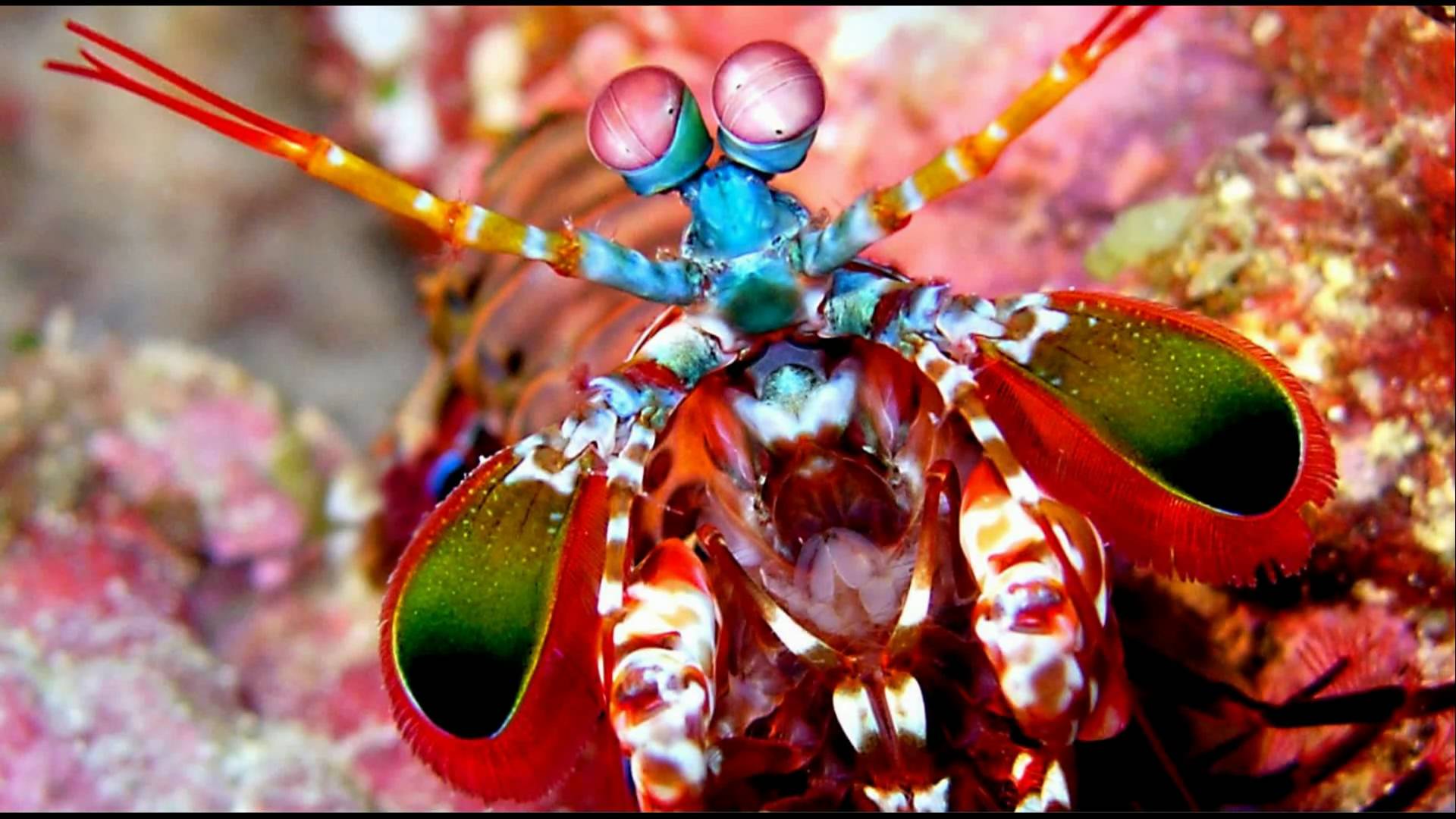




No Comment